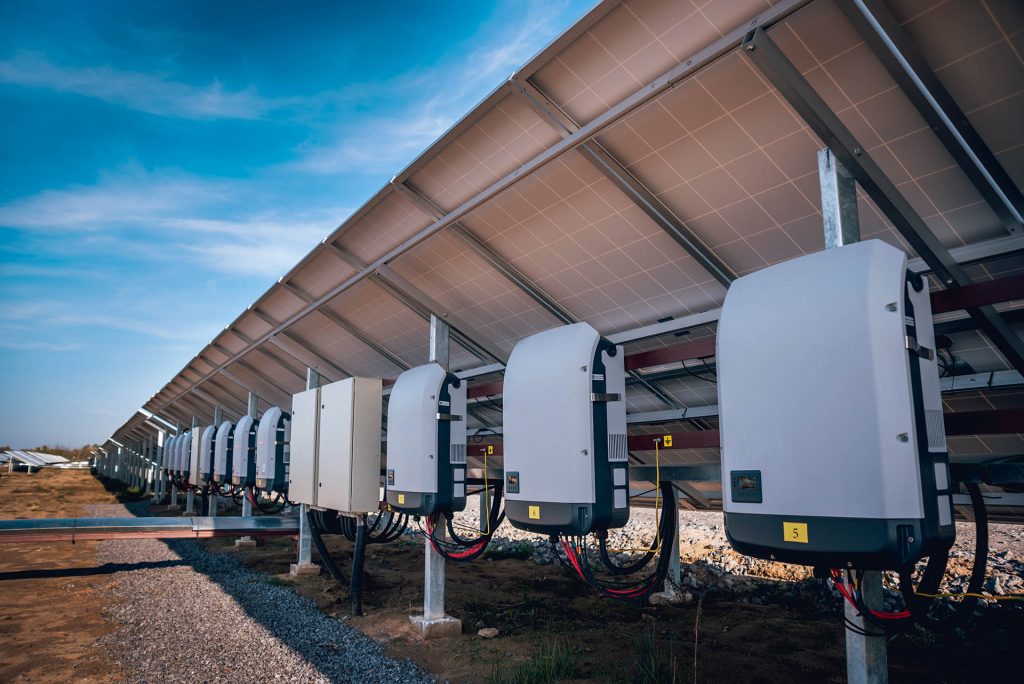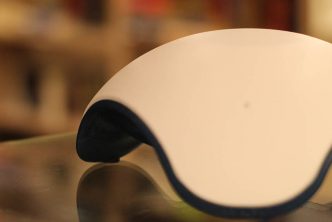Just like the rectifier, the inverter is one of the power converters. An inverter converts the direct current generated in a photovoltaic system into alternating current or three-phase current. This is necessary in order to be able to utilize the generated electricity: Alternating current is much more stable compared to direct current. Alternating current is also used in the public power grid because it is easy to adjust the voltage, allowing electricity to be transmitted over long distances.

Since this converts DC voltage to AC voltage, it is also called a voltage transformer. It converts, for example, the 12V DC voltage of a utility battery into 230V AC voltage. Direct current is current whose direction of movement is constant in time. Alternating current, on the other hand, periodically changes the direction of movement at a time interval. The usual AC frequency is 50 hertz.
Historically, very different standards have been active around the world because of the products that were powered by electricity. International standards have only been developing since 1906, but the time was missed to align power systems worldwide. Therefore, there are also the most different types of plugs worldwide, as they were developed for the respective voltages and power grids. Before traveling, it therefore makes sense to find out about the electricity system and plugs in the country in question.
How does an inverter work?
It consists of a coil of wire with a rotating magnet next to it. An induced current is generated in the coil as soon as one pole of the magnet approaches the coil. This current flows against the rotation of the magnet – the direct current is literally “chopped”. Today, there are also inverters that work with modern power electronics.
The inverter plays a major role in determining how efficiently the PV system converts direct current into usable alternating current. The more efficient the device, the greater the solar yield. Modern inverters are expected to be 96 to 98% efficient.
The PV inverter not only keeps the yield of the plant stable, but also the grid frequency. If the device is equipped with intelligent energy management, the power consumption in the house can also be optimized.






